Alumni Panel

Friday, December 2, 2022 Alumni Panel: Kristen Bush, Rhys Davis Kristen Bush: Kristen Bush is an Engineer/Scientist I on the Electric Transportation team at the Electric Power Research Institute (EPRI). She currently assists with various projects with research topics including transportation equity, infrastructure design, and inventories related to medium- and heavy-duty electric vehicles. Prior to […]
Developing the Western US Power Grid through Markets
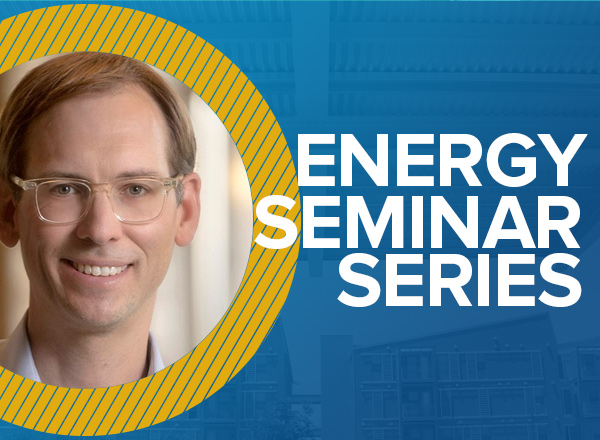
Electricity demand is growing across the Western United States as economies boom and the transition to electrified transportation and buildings begins. At the same time, state policies are rapidly transforming the mix of power generation sources, from fossil fueled to carbon free. The grid across the Western US has long been interconnected, but its operation […]
Accelerating the Just Energy Transition with Science and Policy
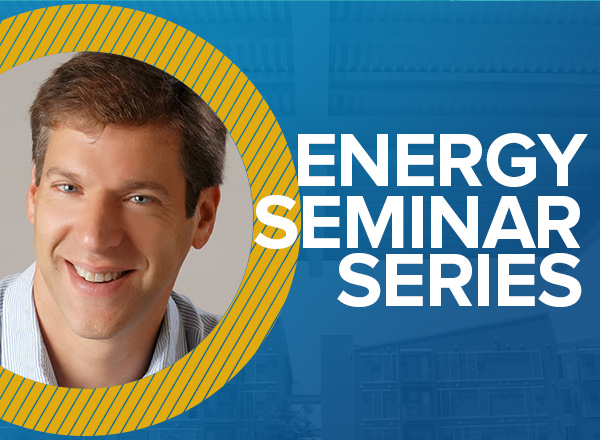
The climate emergency we face has prompted some nations, corporations, and many civil society organizations to greatly expand their decarbonization and climate protection actions. The paths to deeply decarbonizing local, national and regional economies requires innovations in a wide range of areas where new, sustainable, materials design, discovery, and implementation, and most notably highly interdisciplinary […]
Decarbonization and Local Air Pollution Disparities
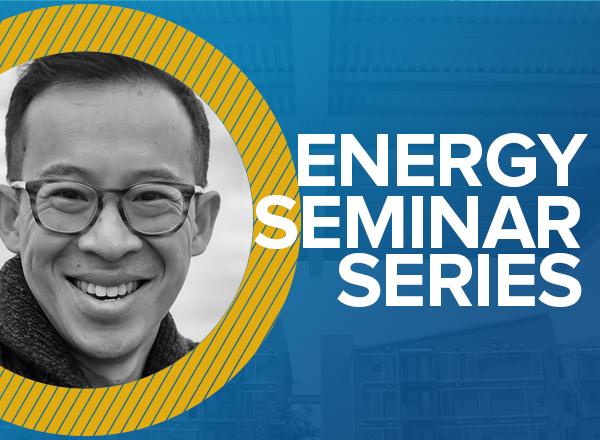
Climate change and social inequality are two of the world’s most pressing issues. They are also intricately linked. The imperative to address climate change is overlaid on a world that is already deeply unequal. A recent environmental justice literature documents systematic gaps in local air pollution concentrations between disadvantaged and other individuals. Because local air […]
EmPOWERing Global Change with Life Cycle Assessment: A Geographical Textured Approach
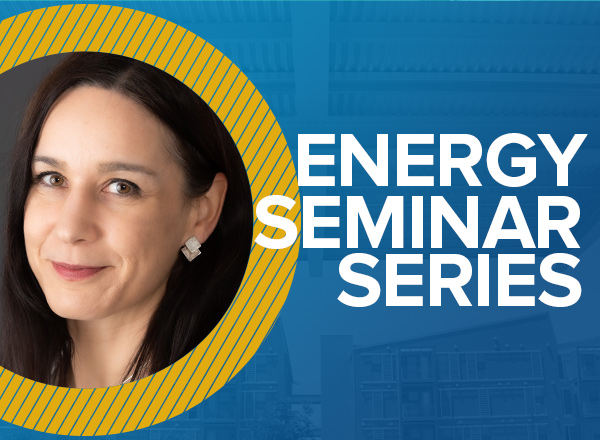
Life cycle assessment (LCA) is a cradle-to-grave quantitative tool that examines environmental burdens of products and processes from materials extraction through waste disposal. LCA is increasingly used in policy to reveal unintended consequences associated with decisions about energy products and their supply chains yet is often criticized for using uncertain inputs. While LCAs of electricity […]
Urban Energy Democracy: Investigating the Historical-Geographies of Atlanta’s Electricity Politics
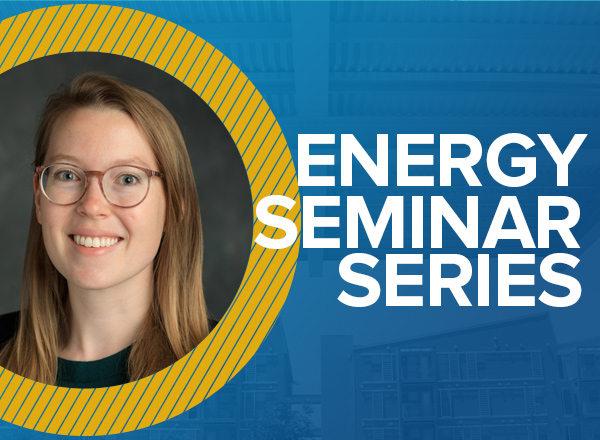
This talk considers how the historical-geographical emergence and evolution of Atlanta’s urban electricity networks influences contemporary energy democracy organizing. In 2017, Atlanta became the first major city in the U.S. South to adopt a 100% clean energy target to supply all electricity from renewable sources by 2035. Atlanta’s then-Mayor grounded this move in the long […]
Design and Characterization of Integrated Systems for Solar Fuel Production
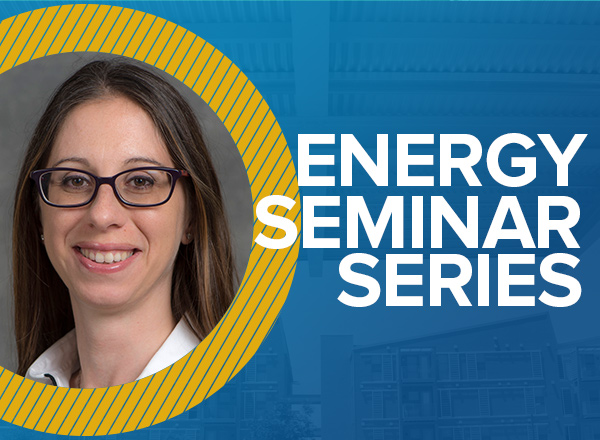
Carbon neutral energy sources that are scalable, deployable, and cost effective will be required at an unprecedented scale to halt irreversible climate change. To design novel materials that can efficiently produce energy with minimal impact on the environment, few factors are of primary importance: i) complete understanding of the properties of the most selective and […]
How the Path for Energy Justice in the US Got a lot Clearer but Only a Little Easier
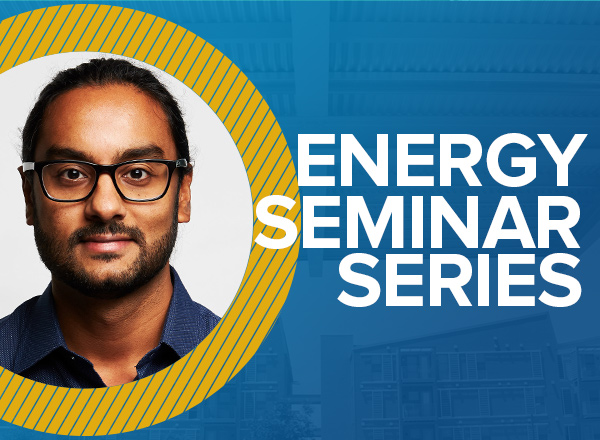
Given the new federal climate policies embedded in the Inflation Reduction Act, it has become even more critical to focus on advancing energy justice at the state level. The law establishes a new federal framework for transitioning the country to low-carbon energy sources, centering most levers of action on states or market actors, and doing […]
Energy Bites Seminar May 19, 2022
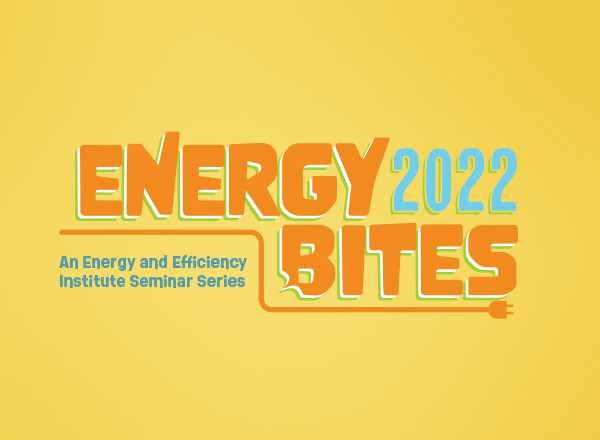
This Energy Bites Seminar will take place on Thursday, May 5, 2022 from 12:00pm – 1:00pm PST.
Energy Bites Seminar May 12, 2022

This Energy Bites Seminar will take place on Thursday, May 5, 2022 from 12:00pm – 1:00pm PST.

